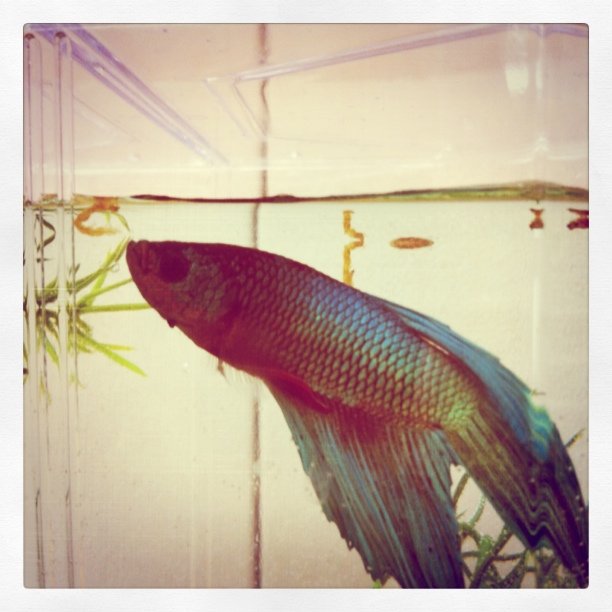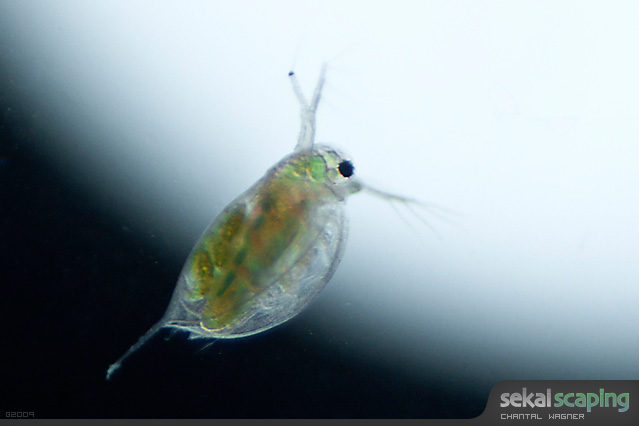Frozen & Live Food Too Rich for Bettas? No Way
Are bloodworms, brine-shrimp, black-worms, and other live or frozen foods “too rich” for Bettas?
There is a food myth running rampant on the Internet regarding the usefulness of certain frozen or live foods like bloodworms and brine shrimp. It’s been stated on several sites that these foods are “too rich” and cause bloating, constipation or Swim Bladder Disorder in bettas. This is simply not true, and I’ll tell you why.
Bettas are carnivores and have evolved over millions of years into the animals they are today. Their bodies contain a short digestive track that has developed to breakdown insect larvae as their main staple of food. Bloodworms are the larvae of a type of midge fly (non-biting cousin of the mosquito). It is nature’s intent that bettas digest these high protein, high moisture foods.
Bettas, like most animals, can not eat all protein all the time. They require some fiber in their diet to help them process these foods. I suspect the reason this rumor started was because someone fed their betta bloodworms every day and never offered them a source of fiber leading to the bloating or constipation of their fish. What they didn’t understand was that, in nature, bettas are digesting the exoskeletons and other fibrous material of insects to help them maintain regularity. As fish owners, we are solely responsible for providing a well balanced diet for our bettas, which means we must offer them nutritious foods as well as fiber. This can be achieved by breaking up their diet with foods that contain an exoskeleton like mysis shrimp or flightless fruit flies that contain fiber rich wings. As many betta keepers know, blanched skinless pea is a great source of fiber. Additionally, giving your fish one day of fasting a week can also help them to achieve regularity.
What bothers me the most about this particular myth is the solution that is offered. Instead of explaining the importance of fiber in the diet, the solution to the problem has been to feed only dry pellet or freeze dried food as a main food source with soft foods as a treat on occasion. I can’t stress enough the shortcomings of dry pellet, flake and freeze-dried foods. Many of these foods contain less then 10% moisture and consist mainly of ingredients indigestible to bettas. Most of this food passes through the betta and ends up dirtying the tank water causing more work for you in the long run. Because these foods are so low in moisture and high in indigestible fillers, they often get stuck in the betta’s digestive track where they swell with water and cause blockages. Offering these foods as a solution actually increases your betta’s risk of bloating, constipation and Swim Bladder Disorder.
If you’re still not convinced, consider how bettas are conditioned for breeding. For these fish to breed, it is necessary to get them in top shape in order to survive the often-violent spawning process and to rear the strongest fry with the best chance of survival. One of the very first steps in conditioning bettas for breeding is to get them on a diet of live and frozen foods. If it is so important for the success of the species that they receive these soft foods, then why don’t we make it their main dietary source?
Need a recommendation? Try San Francisco Bay Brand Frozen foods which are available at most large chain fish stores like PetCo and PetSmart.

